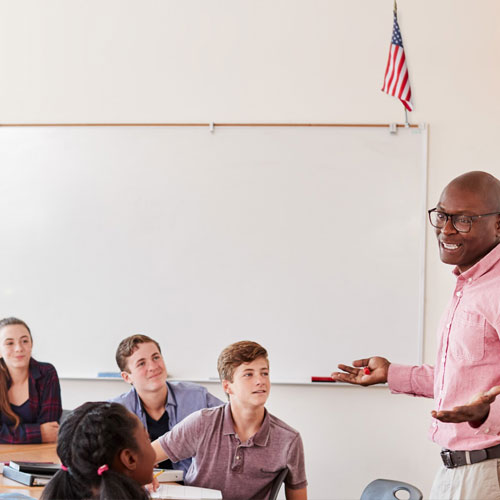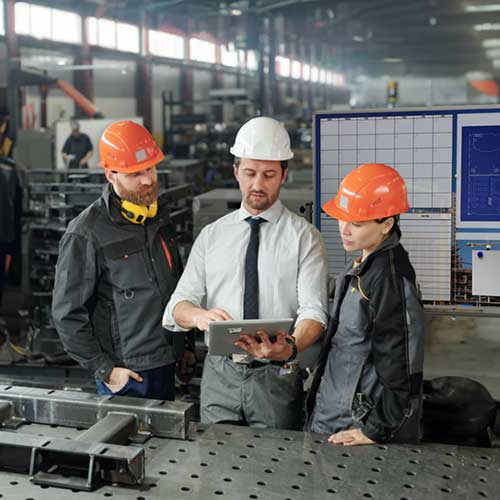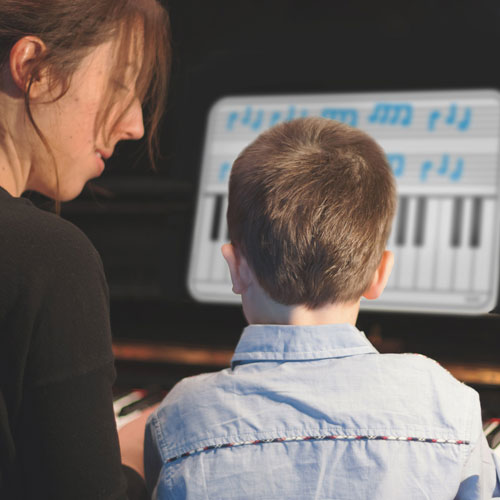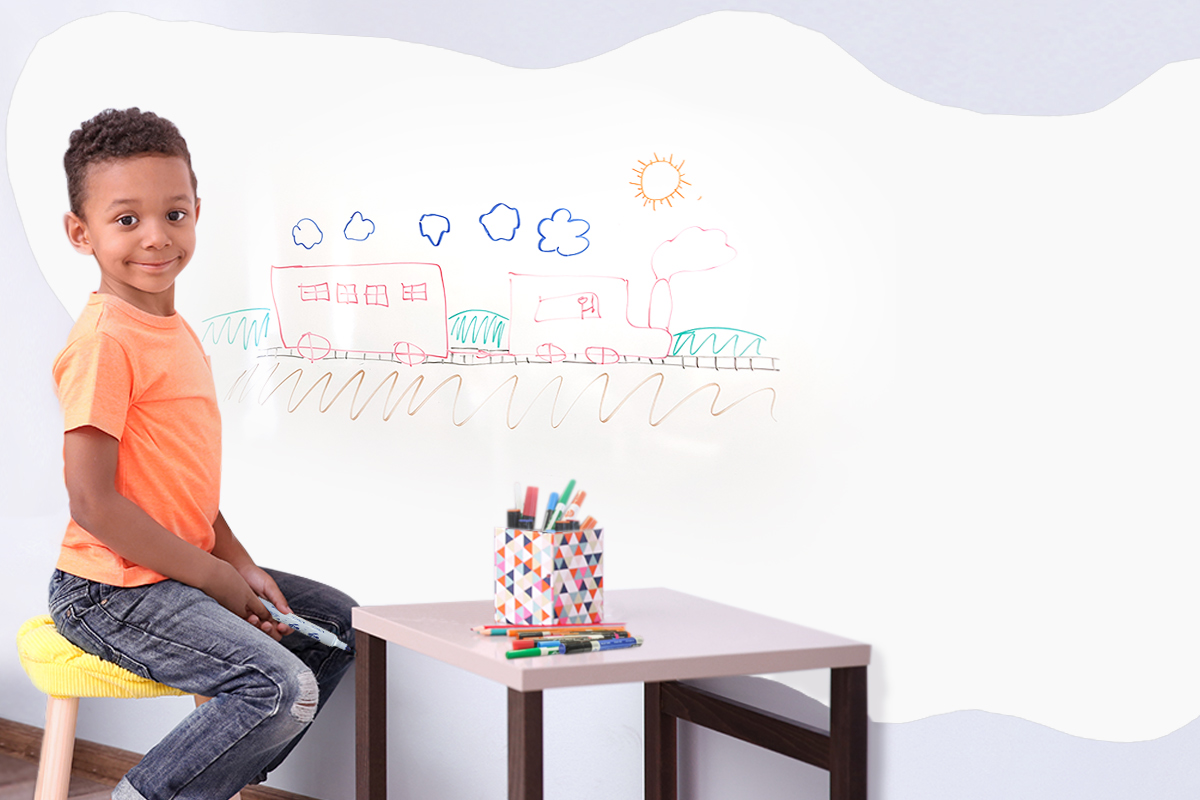
Getting your students up and out of their seats can be the key to classroom success. The flexible learning movement has allowed teachers to teach their classes while allowing students to move around the space in a structured way. Flexible learning is easier to achieve than you think; all you need is classroom space, dry erase surfaces, and seating options!
Now that we have brought this up, you may be scratching your head. Let's dive in! Don't worry; we will cover what flexible seating is, how it works, and how to implement it in your classroom.
What is Flexible Learning?
Flexible learning has one primary objective in its philosophy. That objective is to get increased engagement and maximize active learning through the reduction of long periods of sedentary movement. In layman's terms, getting kids up and moving throughout the school day is key to fostering more engagement and a positive learning environment.

Flexible learning allows for and provides a selection of seating options to learn throughout the classroom. Students have the choice and power to select the best area and style of seating in the school that will support their preferred learning style and assigned learning tasks.
Giving students a choice in their seating choices and encouraging movement while working on various tasks will not only get your kids moving throughout the school day but also encourages students' ownership of their learning.
How to Design Flexible Learning in the Classroom
For flexible learning to work, your classroom must be designed to accommodate the new learning style. First and foremost, students should have multiple choices for their flexible learning seating. These seating choices can range from couches and chairs to yoga balls, stools, floor cushions, and more. Students will still have assigned seating where they keep all their supplies and sit when needed. They should be allowed to move to vary seating when appropriate.

To aid in your students' choices, you may want to design your classroom to have a wide array of learning 'zones' that are intended for different learning activities. Education thought leader David Thornburg identifies three kinds of learning spaces in the flexible learning classroom-the cave, the watering hole, and the Campfire. The Cave is a private space where a student can read, reflect or work independently by themselves. The Watering Hole is an informal space where students can work collaboratively, in pairs, or groups. The Campfire is the space where the students learn from an expert; this could be you as a teacher, a video, or a guest speaker.
These different zones allow children to find other classroom areas that best fit their learning styles. As students move from one learning task to another, they are free to move around the classroom and sit where they find most suitable to thier learning style. For example, if you have tasked students to work on an assignment, sure, students may find themselves in the Cave area wishing to work independently. At the same time, other students might move towards the watering hole to brainstorm among peers or migrate to the Campfire when they need assistance.
It may take some students a few tries to figure out the right flexible learning environment that fits their learning style best. Allowing students the freedom to change and experiment with their flexible learning encourages them to learn more about their learning style through trial and error. In turn, they are giving them the power to take ownership of their learning and encourage these habits.
Flexible learning can also be achieved by using dry erase walls in the classroom. Some classrooms do not have enough space to host desks, open spaces, and collaborative locations. The introduction of dry erase walls allows unused wall space to suddenly become an area for collaborative learning, creativity, and learning to bloom. Opti-Rite® Dry Erase Wallpaper can be implemented in classrooms to allow for flexible learning.

The introduction of Opti-Rite® Wallpaper allows for your teaching surfaces to expand. You can combine Opti-Rite® with your designated campfire learning area to allow teaching your students to evolve past them sitting at their assigned desks. These activities can include brainstorming about new topics, collaborative learning exercises, or classic lessons in an open, communal area. Opti-Rite® dry erase opens up your classroom learning environment that you felt might have been impossible but now can be achieved.
Interested in Opti-Rite® Dry Erase Wall Paper?
Flexible learning may give students the freedom to explore their learning environment and free choice in where they work, but that doesn't mean teachers lose control of the classroom. Enforce the "Teacher's Choice" rule when teaching your students about your expectations within Flexible Learning.
"Teacher's Choice" means that you, as the teacher, can move any student at any time. This is a necessary procedure to discuss with your students because there will be times that your students do not always make the most intelligent choices during their flexible learning times. Telling your students about "Teacher's Choice" allows you as a teacher to step in through redirection or offer guidance when your students are not meeting the expectations you had set forth for them.
The Benefits of Flexible Learning
Flexible learning includes many benefits, including mental, physical, and academic. These benefits are why so many teachers have begun to adopt this new teaching movement in their classrooms.
Children need to move, especially when sitting at a desk throughout the school day. Flexible learning allows children to move from their desks, wobble, bounce, lean, slouch, or stand. And in turn, increasing their oxygen flow to the brain, blood flow, and core strength. It's no surprise that physical activity is linked to higher academic performance, better health, and improved behavior.
Allowing students to find their best seating options will enable them to find comfort in their environment for learning—an uncomfortable student results in an unproductive student. Flexible seating encourages students to find their best spot to stay calm, focused, and productive in your classroom.
Not only is it physical health that is playing into the benefits of Flexible Learning but the mental benefits as well. Our classroom environments should be ones that help a student thrive in their education. Flexible learning encourages collaboration, critical thinking, creativity, and stimulation.
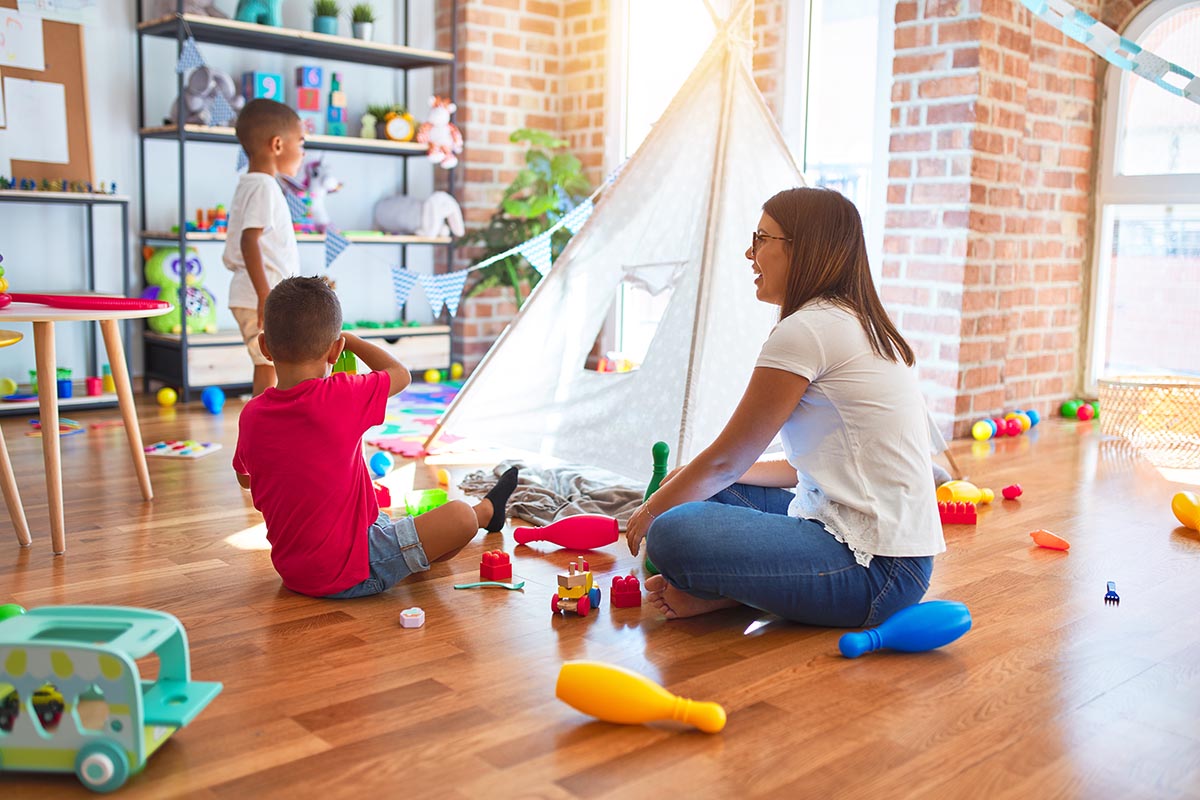
Flexible seating while learning allows students to work on higher-order thinking skills such as problem-solving, conflict resolution, and emotions. Along with working on patience and taking turns when the desired seat is currently occupied by another student.
Flexible seating options and thinking skills allow students to stimulate their senses, mainly touch. This stimulation can come from the different seating options and may be especially beneficial to students with ADHD, ADD, and ASD.
Finally, flexible learning makes learning a fun experience! Every student in your classroom will love the experience of trying out flexible seating options within their classrooms, and you as a teacher get to see your students thrive!
About OptiMA® Inc.
We are a small business whose products are made in the U.S.A. We specialize in dry-erase boards, dry-erase wallcoverings, portable dry-erase units, high-quality custom-printed whiteboards, fast shipping, and five-star customer service. Over the last three decades, we’ve worked hard to deliver industrial-quality whiteboard solutions that won’t hurt customers’ budgets.
Source:
- https://blog.schoolspecialty.com/10-tips-for-implementing-flexible-seating/. (n.d.)

